Anyone owning a traditional costume can count themselves lucky, as they can cost as much as a two-week luxury holiday! Nor do these treasures drop in value over the years - just the opposite in fact, meaning the next generation can look forward to inheriting these gems.
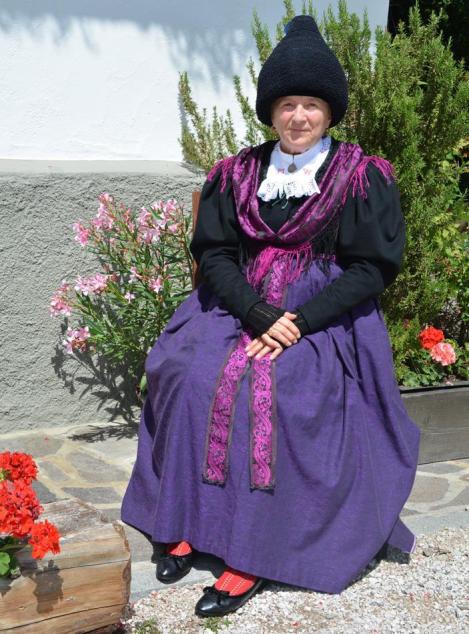
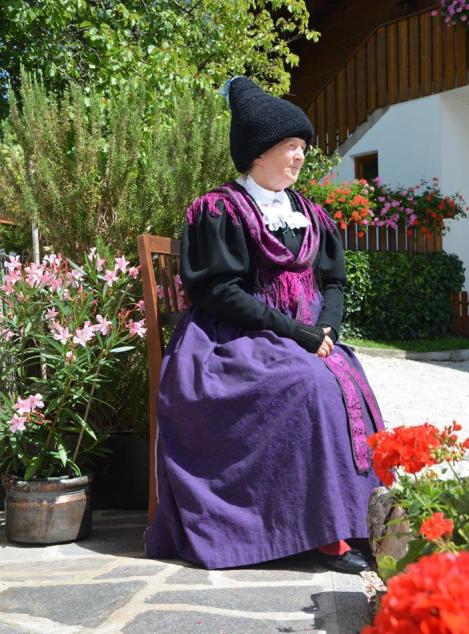 A costume that has so much to offer!
A costume that has so much to offer!
Emma Pigneter from the
Haus Pigneter in Völs is one of these lucky people. She inherited her costume from her mother, who in turn acquired it from her own mother. Emma wears her costume with pride, bringing out the dress and its accessories on every feast day. Nor is it any costume: it is in fact one of the oldest
in the Schlern region. “When you own something so precious, you have to take special care of it”, Emma says. And the colours and patterns are indeed still perfectly preserved, even though they are over 100 years old. “You see this black pleated skirt? Each autumn, after the last procession, I sew the pleats together by hand and, in spring, before the first procession, I open them again and thus the skirt keeps its shape”.
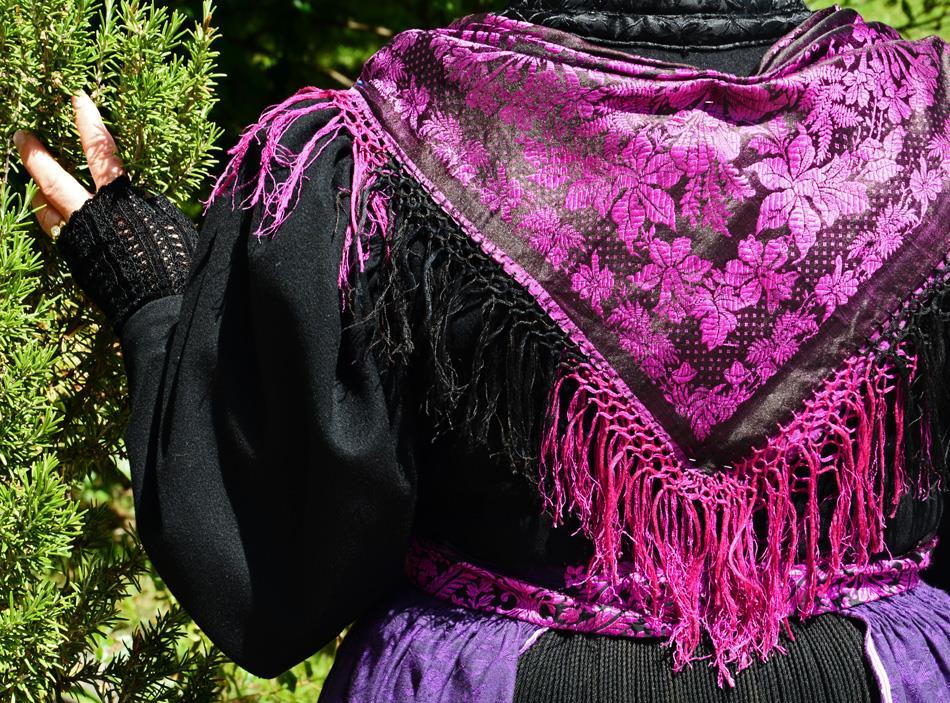
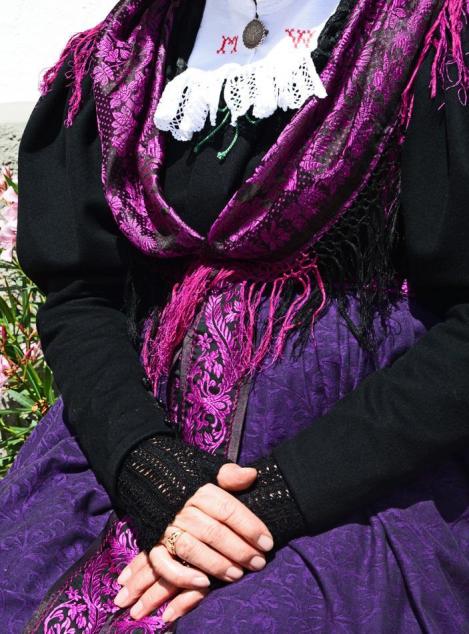
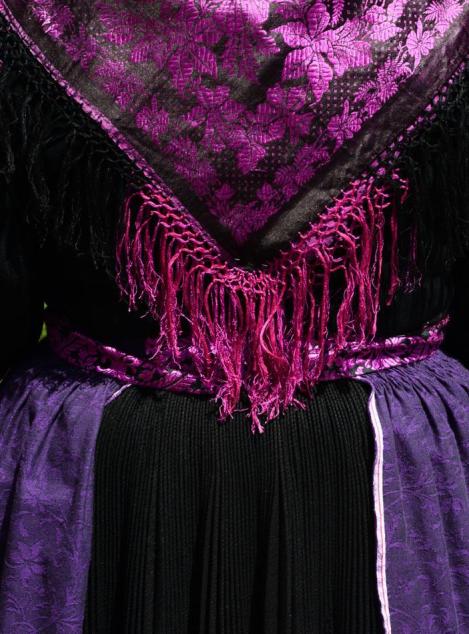
It is to be hoped that these costumes end up in the right hands, hands that will look after, maintain, appreciate and preserve them. Cleaning, Emma also explains to me, is so tricky “that it is far better to make sure that the costume does not get dirty.” You can wash the blouse, but special care should be taken to make sure nothing befalls the sleeves (which are knitted from yarn), the stockings, the apron and the skirt.
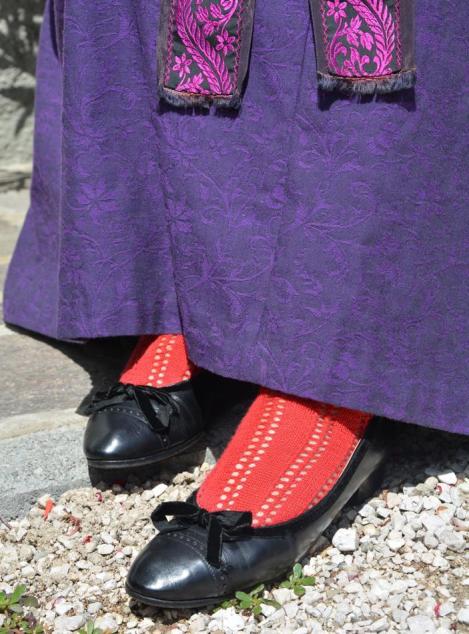
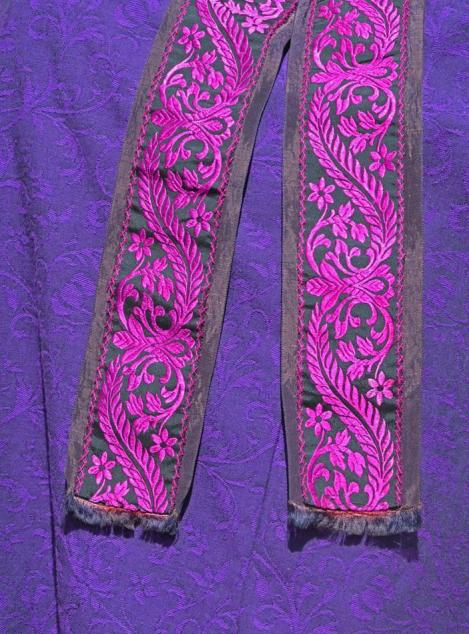
All or nothing
It is not enough, Emma tells me, simply to buy such a costume and put it on: it is only complete once the wearer also knows how to wear it. She then becomes one with the costume, so to speak. But there are certain rules that must be followed: the appliqué lace at the end of the blouse must be ironed and starched so that it falls in the ideal way - otherwise, says Emma, “it looks no good at all”. The wearer’s hairstyle is also vitally important: “If she has long hair, it absolutely has to be styled up, and preferably plaited. For medium-length hair a hairpiece can be attached to the back of the head to form a bun. And short hair should of course not be styled”. Another important detail is the so-called “sausage”, an elongated piece of foam rubber that runs along the belt of the apron at the back of the costume to prevent the skirt from hanging straight down, ensuring that it falls agreeably instead. With a wink, Emma says that younger girls in particular often prefer to go without this, even cutting it out from the seam – probably because they then look slimmer. But Emma cannot understand why, as it forms an integral part of the costume.
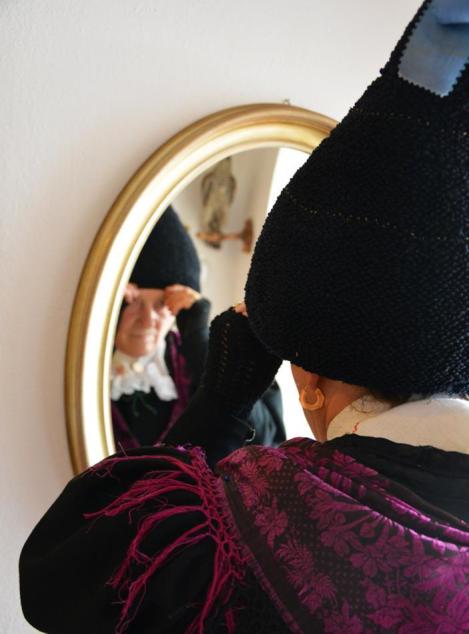
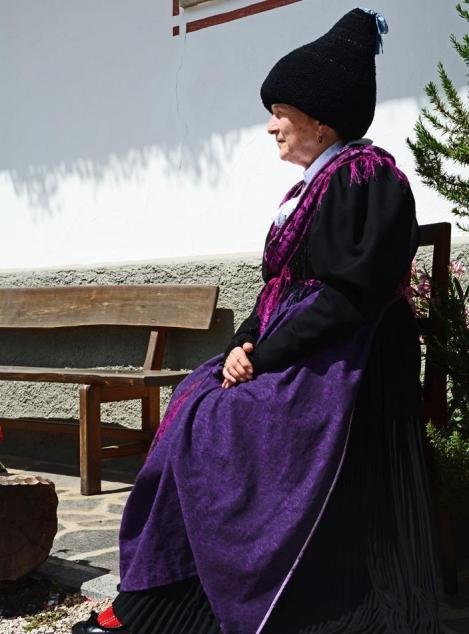
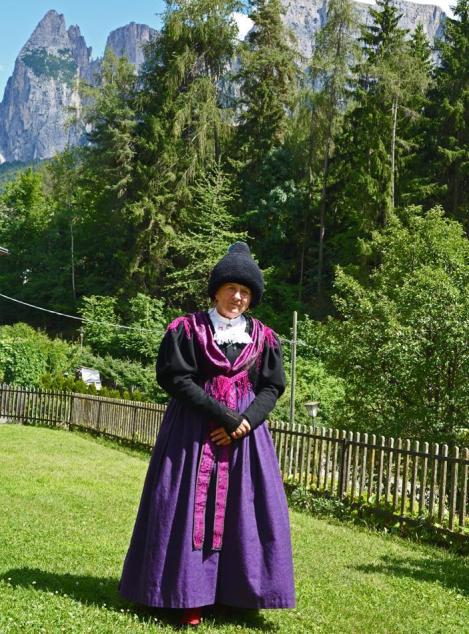
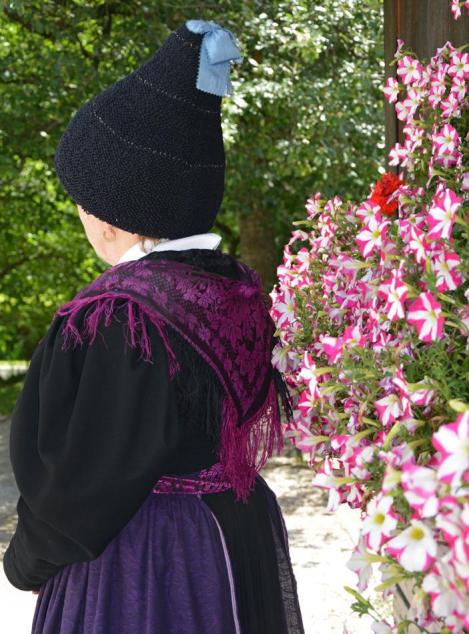 Not a matter of choice, but a must!
Not a matter of choice, but a must!
But just how is this knowledge of the traditional costume and its trappings passed down from generation to generation? Emma explains: “In almost every village there is a lady who dresses the girls and young women before they join any procession, as well as preparing the “sutlers”, the girls responsible for provisions, who form part of every village band. Anyone can ask this lady about the right way to wear their costume and she will tell them.” This lady can also advise on selecting the RIGHT costume. There are numerous variants according to the occasion and the age of the wearer. Emma has a “lady’s costume with turret cap”, but there also exist costumes for mourning, with a silken apron, with a green hat, with stockings, the “festive costume with a shawl”, the “girl’s costume”, the “first communion dress”, the “remade corset costume”, the “historic corset costume from Völs” and even the “virgin’s costume”.
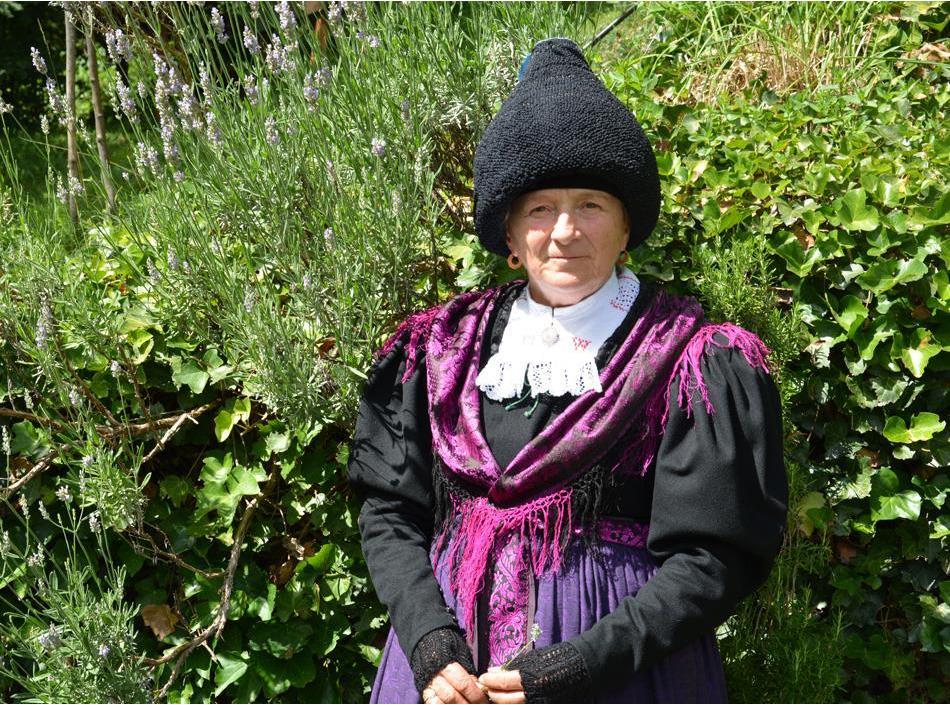
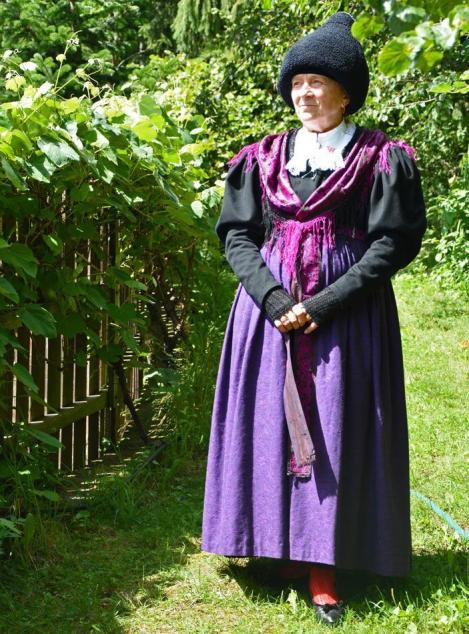
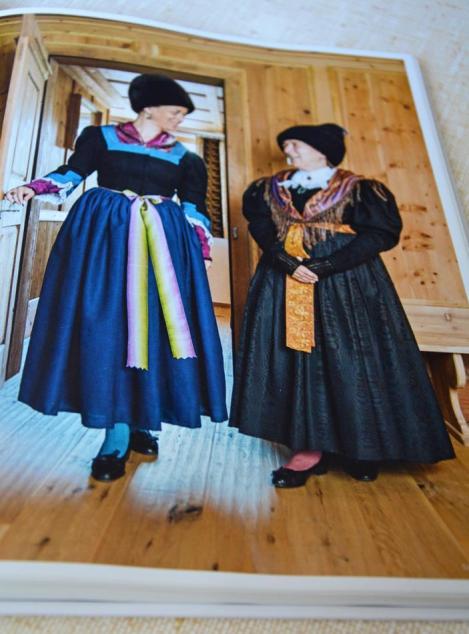
As we take a few photos at the end of the interview, I am amazed at how well Emma sits for the camera - probably also partly because of the costume itself. A woman wearing a traditional costume is different in the way she stands, walks and looks. Graceful, full of pride, full of joy. Simply beautiful!